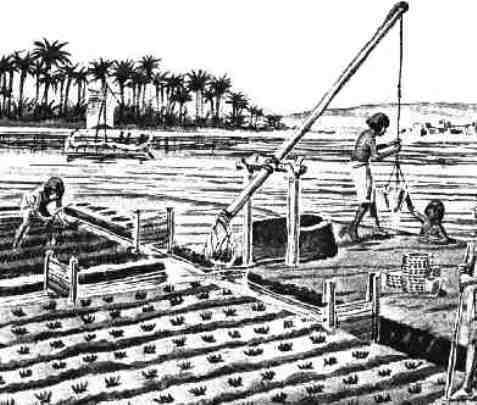What are the main reasons that produce this growth during this period?
Demographic expansion: along the IX and X centuries, the population has no growth, nevertheless during the centuries X to XIV the growth was higher. Although this growth was difference if we take into consideration the country or area of study.
From the X century on, the peasant started to work in new lands. Colonization enterprises were created by the lords to the detriment of hunting; law of diminishing returns explain this need to expand the land cultivated.
Agricultural expansion: to increase the agricultural production, it is needed an increase of the land, to be cultivated, trough the colonization.
There were three types of colonization:
- Enlargement of the land cultivated inside the area of the lords with major diversification of the goods, but the peasants must assume the cost of tilling the field (including the fallow).
- Foundation of new lands (Flandes, North of Italy, UK, Normandie,..). New places, of hard access, are occupied by new enterprises, always funded by the Lords with the finality of collect the incomes from the work of peasants.
- Frontiers. New lands are occupied beyond of current properties. This fact allows to compensate diminishing returns and to increase the trading because of the excedent.
Introduction of heavy plow that allows a better and deeper furrow. Besides, the use of heavy plough makes that the land extracted is put out the furrow. Another important introduction was the use of horses in detriment of oxes.
The culture system changes from a biennial rotation to a triennial rotation (wheat, legumes, fallow). The legumes allows that the land are not overusing (legumes have nutrients good for the land).
Both modifications allow an increase of the land productivity: the land cultivated is bigger and the farmers has the chance to organize the production in two periods of time: winter and spring. Both periods allows too a better organization, and diversification of the land cultivated (it reduces the risk associated to bad crops).
The consequence of this change is well known: the population increase mean that the scarce resource, as labour, becomes abundant and the abundant resource, as the land, becomes scarce.
The Lords are the owner of the lands, as consequence any excedent will be property of the people who has the lands, and not the ones who works in that lands.
Bibliography:
CAMERON, R. (1992): Historia Económica Mundial, Alianza (Madrid), caps. 1, 3, 5-10 y 12.











